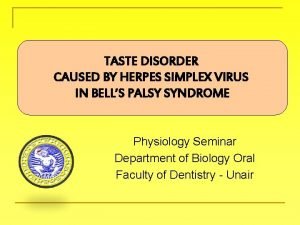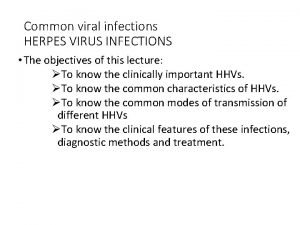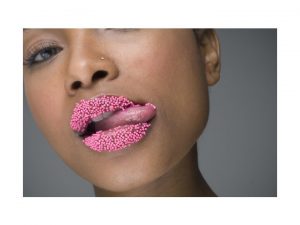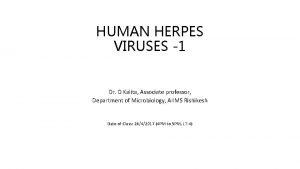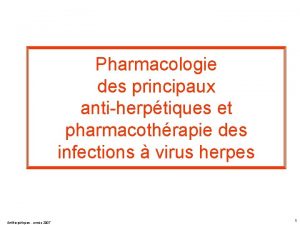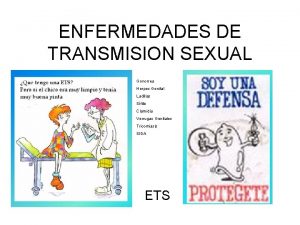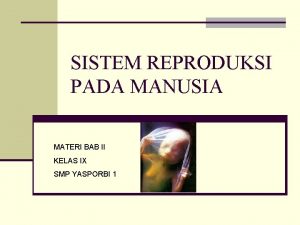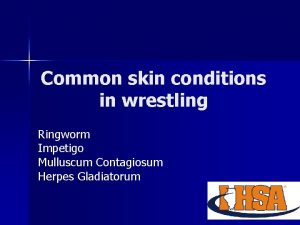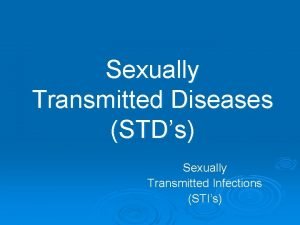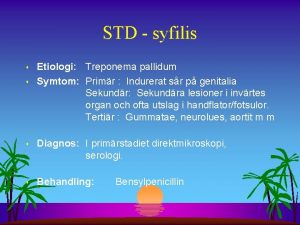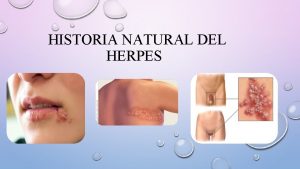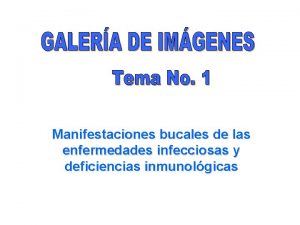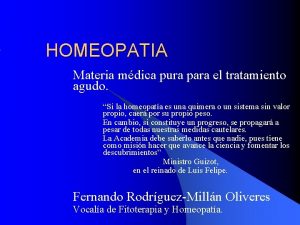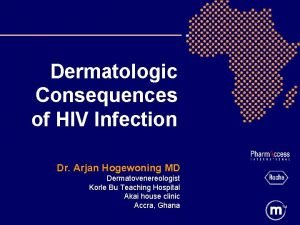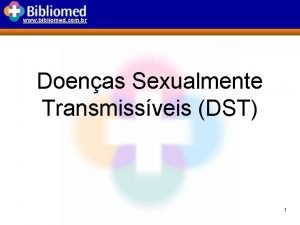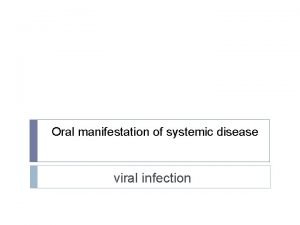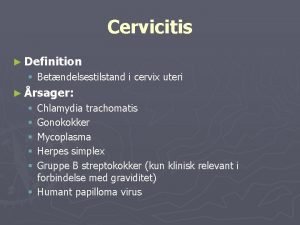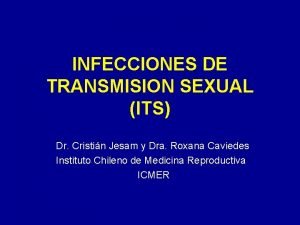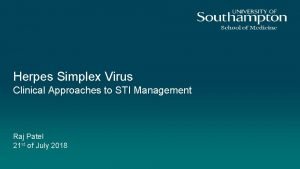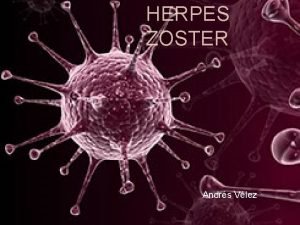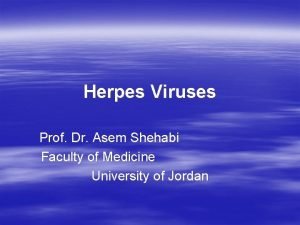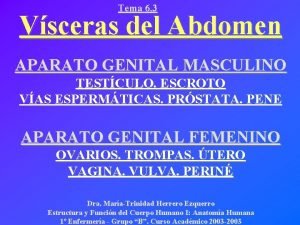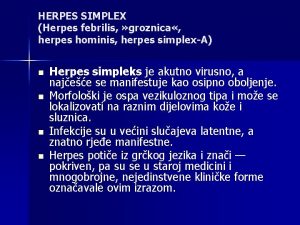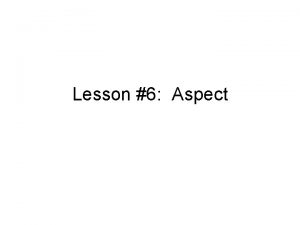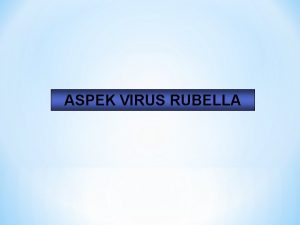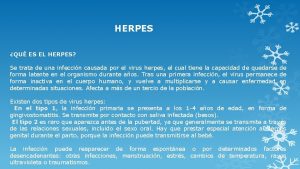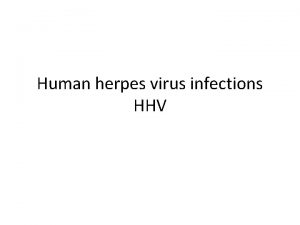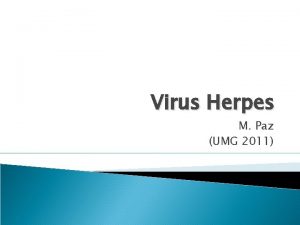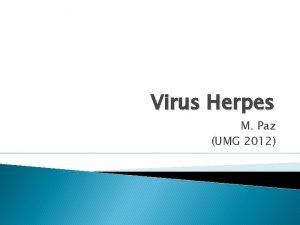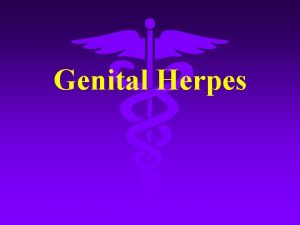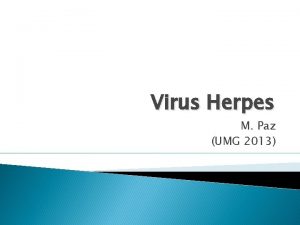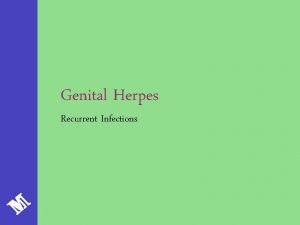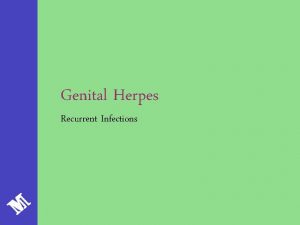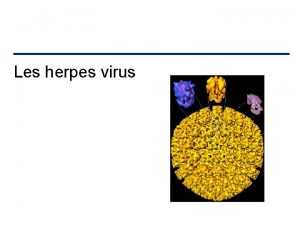VIROLOGICAL ASPECT OF HERPES VIROLOGICAL ASPECT OF HERPES





























- Slides: 29

VIROLOGICAL ASPECT OF HERPES

VIROLOGICAL ASPECT OF HERPES History Celsus describe an actual herpetic lesion. Galen's describe lesions similar caused by HSV John Astruc, describe herpes genitalis Unna in 1883 describe recurrences of genital lesions Fournier, in 1896, wrote about the diagnosis and treatment of genital herpes

CHARACTERISTIC Enveloped double stranded DNA viruses. genome of around 150 kb Set up latent infection following primary infection. Reactivation are more likely to take place during periods of immunosuppression. Both primary infection and reactivation are likely to be more serious in immunocompromised patients.

CHARACTERISTIC Genome consisits of long and short fragments, giving a total of 4 isomers. Three subfamilies: Alphaherpesviruses - HSV-1, HSV-2, VZV Betaherpesviruses - CMV, HHV-6, HHV-7 Gammaherpesviruses - EBV, HHV-8 Reactivation are more likely to take place during periods of immunosuppression

PATHOPHYSIOLOGY • HSV is spread by contact, as the virus is shed in saliva, tears, genital and other secretions. • Primary infection, HSV spreads locally, • Latency in trigeminal nerve ganglion • The exact mechanism of latency is not known

Herpes Simplex Virus-1 Latency in trigeminal nerve ganglion 6

PATHOPHYSIOLOGY True latency is no viral replication Persistence is a low level of viral replication. Reactivation many triggers: physical or psychological stress, infection (pneumococcal and meningococcal) fever radiation menstruation.

CLINICAL MANIFESTATIONS 1. Acute gingivostomatitis 2. Herpes Labialis (cold sore) 3. Ocular Herpes 4. Herpes Genitalis 5. Other forms of cutaneous herpes 6. Meningitis 7. Encephalitis 8. Neonatal herpes

LABORATORY TEST 1. Direct Examination 2. Indirect Examination (Virus Isolation) 3. Serology

• DIRECT EXAMINATION 1. Antigen Detection immunofluorescence, ELISA etc. 2. Electron Microscopy morphology of virus particles immune electron microscopy 3. Light Microscopy histological appearance inclusion bodies 4. Viral Genome Detection hybridization with specific nucleic acid probes polymerase chain reaction (PCR)

• INDIRECT EXAMINATION 1. Cell Culture cytopathic effect (CPE) haemabsorption immunofluorescence 2. Eggs haemagglutination inclusion bodies 3. Animals disease or death

CYTOPATHIC EFFECT (1) Cytopathic effect of enterovirus 71 and HSV in cell culture: note the ballooning of cells. (Virology Laboratory, Yale-New Haven Hospital, Linda Stannard, University of Cape Town)

CYTOPATHIC EFFECT (2) Syncytium formation in cell culture caused by RSV (top), and measles virus (bottom). (courtesy of Linda Stannard, University of Cape Town, S. A. )

HAEMADSORPTION Syncytial formation caused by mumps virus and haemadsorption of erythrocytes onto the surface of the cell sheet. (courtesy of Linda Stannard, University of Cape Town, S. A. )

Viruses Isolated by Cell Culture

PROBLEMS WITH CELL CULTURE • • • Long period (up to 4 weeks) required for result. Often very poor sensitivity, sensitivity depends on a large extent on the condition of the specimen. Susceptible to bacterial contamination. Susceptible to toxic substances which may be present in the specimen. Many viruses will not grow in cell culture e. g. Hepatitis B, Diarrhoeal viruses, parvovirus, papillomavirus.

ELECTRON MICROSCOPY 106 virus particles per ml required for visualization, 50, 000 - 60, 000 magnification normally used. Viruses may be detected in the following specimens. Faeces Rotavirus, Adenovirus Norwalk like viruses Astrovirus, Calicivirus Vesicle Fluid HSV VZV Skin scrapings papillomavirus, orf molluscum contagiosum

ELECTRON MICROGRAPHS Adenovirus Rotavirus (courtesy of Linda Stannard, University of Cape Town, S. A. )

PROBLEMS WITH ELECTRON MICROSCOPY • Expensive equipment • Expensive maintenance • Require experienced observer • Sensitivity often low

• SEROLOGY Classical techniques Complement fixation tests Haemaglutination inhibition tests Immunofluorescence techniques Neutralization tests Counter immunoelectrophoresis Newer techniques Radioimmunoassay ELISA Particle aglutination Western blot

EPIDEMIOLOGY HSV is spread by contact, saliva, tears, genital and other secretions. Infection results a kiss given to a child or adult from a person shedding the virus. Primary infection is usually subclinical to very young children below 5 years. There are 2 peaks of incidence, the first at 0 - 5 years and the second in the late teens. About 10% of the population acquires HSV infection through the genital route

TREATMENT • Acyclovir is the drug of choice regardless of infection status (oral and IV formulations available) • Treat neonatal HSV with 20 mg/kg/dose intravenously 3 times daily for 21 days • For skin, eye, mouth disease, treat for 14 days

PREVENTION antiviral chemotherapy Education Condoms vaccines.

TERIMA KASIH

Herpes Simplex viruses • HSV-1 - lesions on the oropharynx, cold sores, fever blisters • occurs in early childhood • HSV-2 lesions on the genitalia • can be spread without visible lesions • humans only reservoir • treatment: acyclovir, famciclovir, valacyclovir 25

Herpes Simplex Virus-1 Latency in trigeminal nerve ganglion 26

Herpes Virus

The Lytic Cycle

The Lysogenic Cycle
 Structure du texte descriptif
Structure du texte descriptif Equine synonym
Equine synonym Simplex
Simplex Keratoconjunctivitis
Keratoconjunctivitis Herpes gravid
Herpes gravid Human herpesvirus 2
Human herpesvirus 2 Herpes simplex virus
Herpes simplex virus Herpes genital
Herpes genital Herpes simpleksserotipe 2
Herpes simpleksserotipe 2 Herpes gladiatorum nhs
Herpes gladiatorum nhs Genial herpes
Genial herpes Herpes genital glande
Herpes genital glande Klamydia syntomer
Klamydia syntomer Herpes de boca
Herpes de boca Valaciclovir dosis
Valaciclovir dosis Glositis intersticial
Glositis intersticial Ledum palustre posologia
Ledum palustre posologia Herpes zoster infection
Herpes zoster infection Tuba fallopi berfungsi
Tuba fallopi berfungsi Herpes genital tratamento definitivo
Herpes genital tratamento definitivo Herpes rugbiorum
Herpes rugbiorum Zinazef
Zinazef Its
Its Aciclovir varicela copii
Aciclovir varicela copii Herpes zoster clasificacion
Herpes zoster clasificacion Zostavax reconstitution
Zostavax reconstitution Herpes la copii
Herpes la copii Herpes latency
Herpes latency Paraproctio
Paraproctio Tipos de corrimento na gravidez
Tipos de corrimento na gravidez


